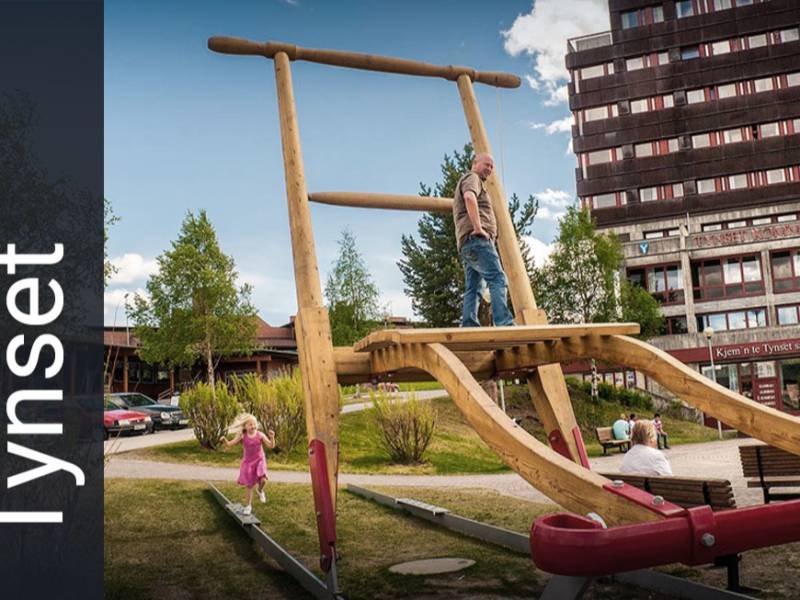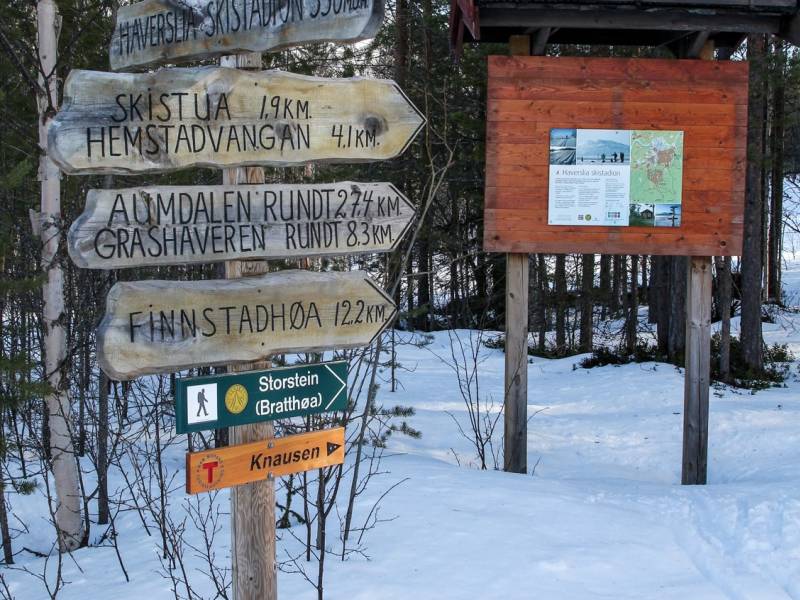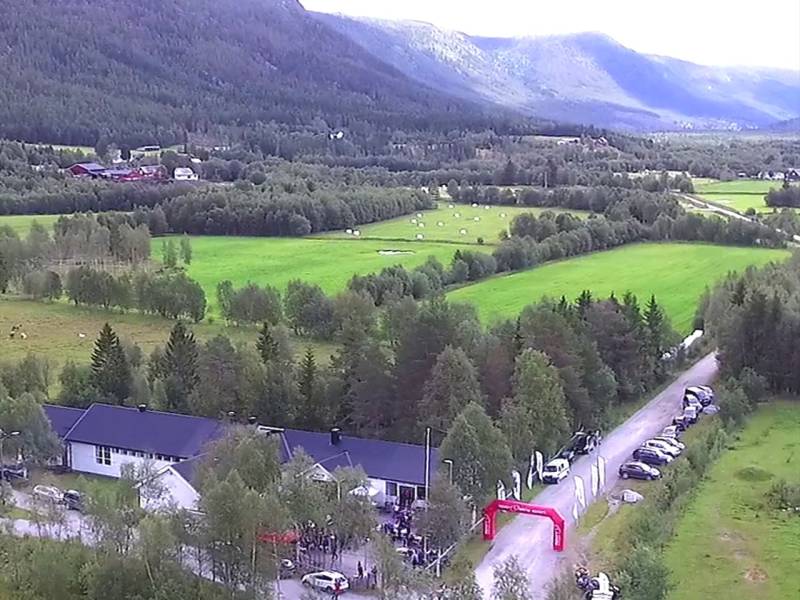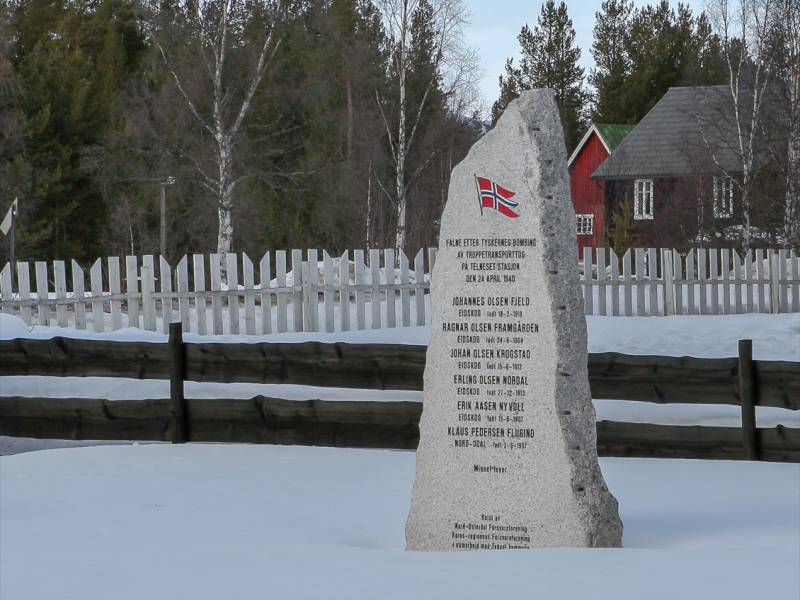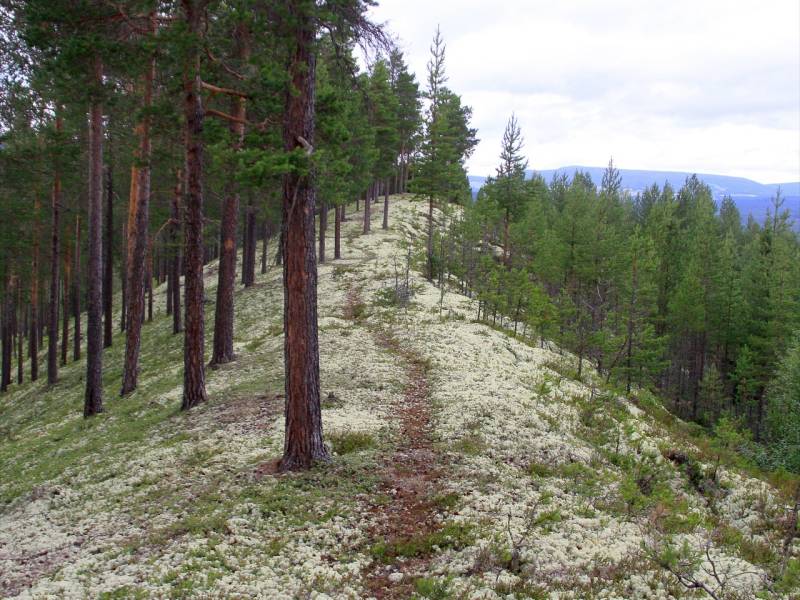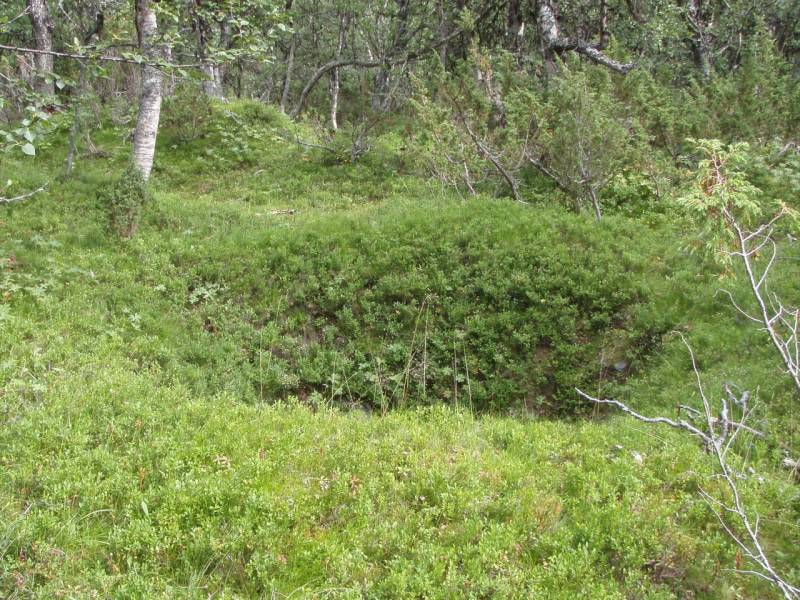Røstvangen mines
If you turn your gaze towards the other side of the valley, you begin to see traces of the Røstvangen mines from which sulfur ice, a mineral rich in copper, was extracted.
Røstvangen had a population of about 500 people during its heyday and consisted of housing barracks, ore laundries, a variety of shops, an assembly hall, a post office, a bakery and a cinema.
In 1904, Røstvangen began its mining operation in the valley.
The extracted ores were transported down a 30km long railway to Glåma using a cable car.
A little more than a decade later, Norway experienced its largest bankruptcy to date in 1921, one of the reasons being the end of World War I and thus an immense decrease in the demand for metal.
Nowadays, the remnants of the mining operation are scattered and sparce as most of the equipment was dismantled and sold following the bankruptcy.
Mining holes, foundation walls and rock fillings, as well as the outer walls of the large ore laundry are what remain.
Røstvangen’s downfall proved equally detrimental for the Tynset municipality due to the symbiotic associations between the people.
The fall of the mining industry introduced a plethora of hardships for families in that area.
A society which was built up for 17 years witnessed its end at the hand of the financial crisis almost overnight.
Audio guides available in:Norsk bokmål, English (British)
